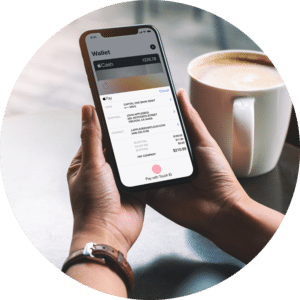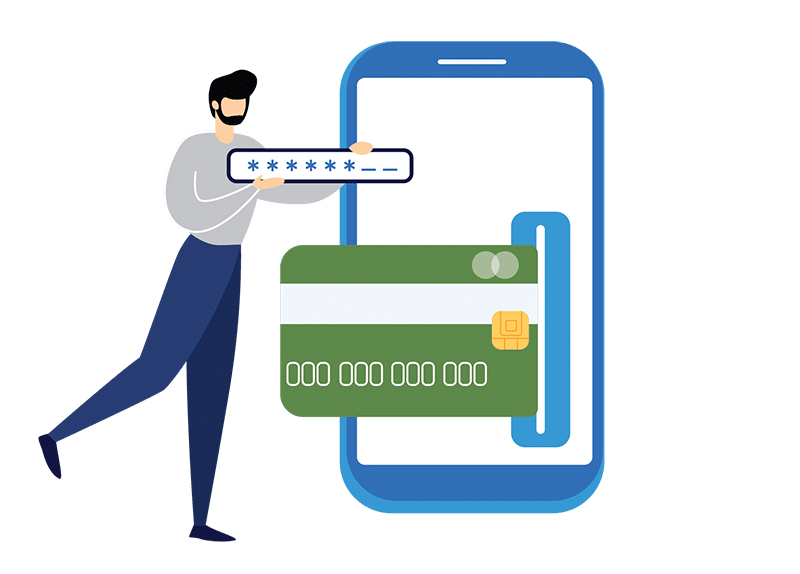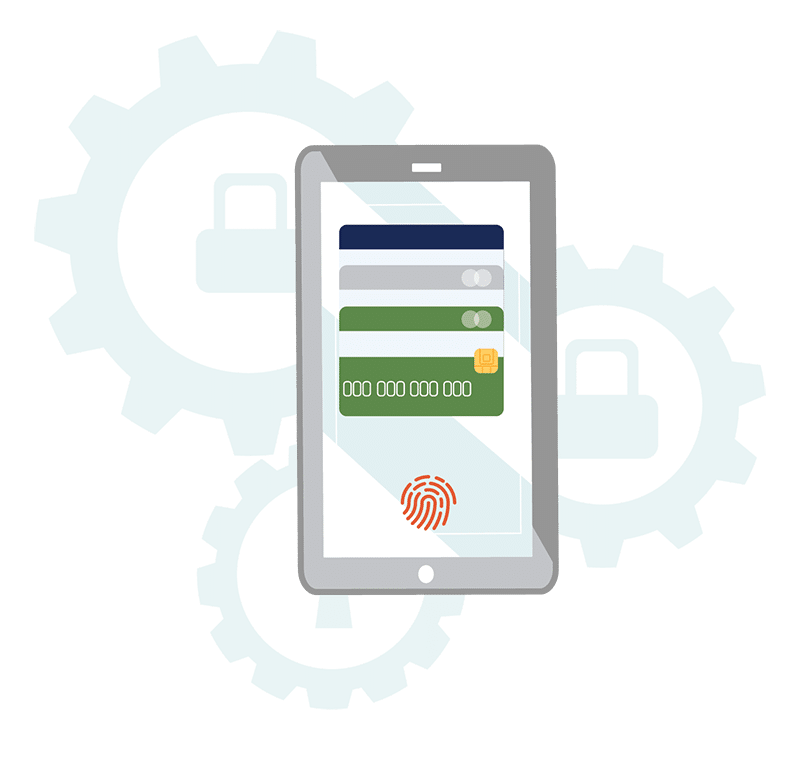Apple Pay
Easy, Secure, and Private Payments
Get Started with Apple Pay
Easy to set up and use.

Apple Pay® transforms payments within apps and websites with an easy, secure, and private way to check out. Sphere’s TrustCommerce Platform supports Apple Pay in app and on the web and is easy to set up.
To start accepting Apple Pay® for iOS and web with the TrustCommerce platform, click below.
Simple Checkout
Accepting Apple Pay is faster than accepting traditional credit and debit cards and other payment methods because customers no longer need to spend time searching for their wallet or finding the right card.
Secure data
Accepting Apple Pay offers peace of mind. Every transaction on your customer’s iPhone or iPad requires Face ID, Touch ID, or a passcode. In addition, you don’t receive your customer’s actual credit or debit card numbers, so you aren’t handling sensitive data in your systems when customers pay with Apple Pay.

Increase Conversion
Customers love the simplicity of Apple Pay, and you’ll love the increased conversion rates and new user adoption that come with it.
Get Started
Complete this form start accepting Apple Pay®
for iOS and web with the TrustCommerce platform


